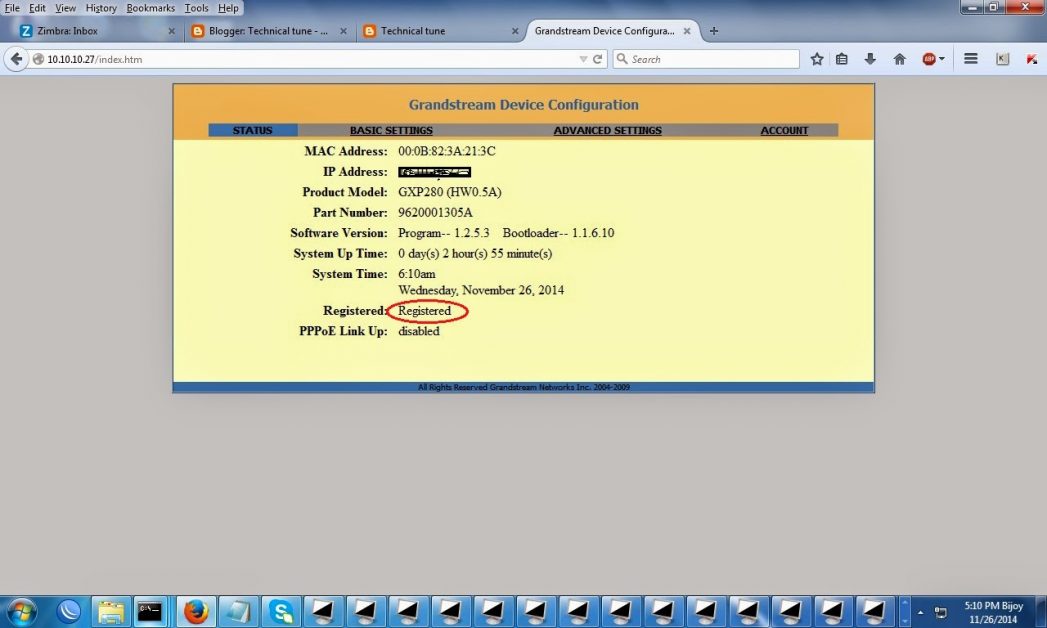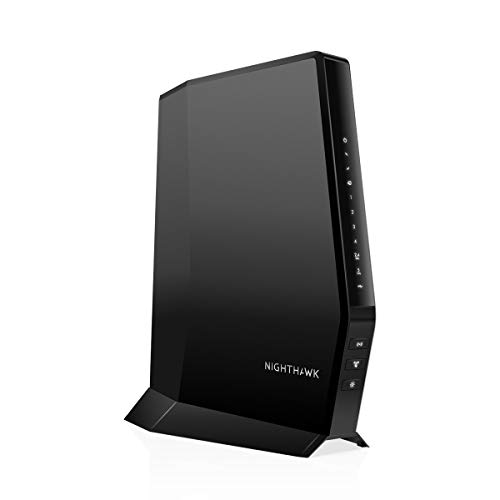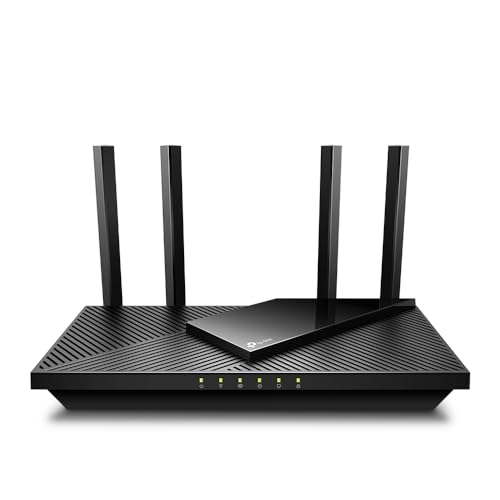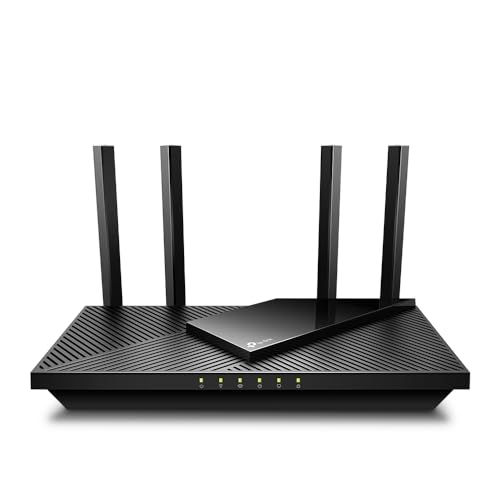IP Phone+ATA Configure step by step:
IP Phone:
An IP telephone system applies packet-switched Voice over IP (VoIP), or Internet telephony, to communicate telephones calls across the Internet as opposed to the circuit-switched telephony exploited by the conventional Public Switched Telephone Network Also known as VoIP phone systems,
IP telephone systems generally represent a VoIP private branch interchange (an IP PBX) and desktop VoIP phones (IP Phones) that associate to a VoIP service provider via a Local Area Network (LAN).
Among the central advantages to IP telephone systems is that whereas long-distance calls on a regular telephone system put up comprise cost-prohibitive, the equivalent calls about an IP telephone system are free — there are no fees on the far side the cost of Internet approach. Will admit local telephone service, long-distance suppliers such as AT&T, cable TV accompanies, Internet service providers (ISPs), and deposited service wireless operators. IP telephony services also impact vendors of conventional handheld devices.
Presently, unlike conventional phone service, IP telephony armed service is relatively unregulated by the government. In the United States, the Federal Communications Commission (FCC) regulates phone-to-phone connections but says they do not plan to regulate associations between a phone user and an IP telephony service provider.
IP telephony:
IP telephony (Internet Protocol telephony) is a full general condition for the technologies that use the Internet Protocol’s packet-switched connectors to convert voice, fax, and other forms of data that have traditionally been carried forward the committed circuit-switched associations of the public switched telephone network (PSTN). Applying the Internet, calls travel as packets of data on shared lines, annulling the costs of the PSTN.
The take exception in IP telephony is to bear the voice, fax, or video packets in a secure flowing to the user. Much of IP telephony concentrates on that challenge. IP telephony (Internet Protocol telephony) is a term used to distinguish technologies that consumption the IP protocol to convert voice, fax, and additional forms of information, traditionally carried forward the Public Switched Telephone Network (PSTN).
The call travels in the form of packets, over a Local Area Network (LAN), or the Internet, averting PSTN tolls. Beginning in the mid, to former 1990s, the Internet and the TCP/IP communications protocol began to campaign the telephone and communications industry to convert.
The Internet Protocol converts the carry for about completely data communications. Today, altogether communication carriers are applying an IP infrastructure for isolated, or for altogether of its voice services. Companies are already expending VoIP for their interior voice communications or have plans to apply it as depart of their
How it works:
The “IP” in IP telephone system bears on to Voice across IP, or having your phone calls expelled across the internet or your local network (LAN). This is big for a lot of concludes. First of all, you don’t have to consume the telephone network of your telephony service supplier for bringing in calls, which will abridge your costs like phone calls.
Simultaneously, you are acquiring a lot of technical rewards along using IP technology for your telephone.IP telephone system* are generally built upon receiving PC or engrafted hardware which is more cost-efficient and mightier than the hardware of the conventional phone makers.
Simultaneously, IP telephone system* is ascendable, as they are not bound to a solid number of active phone ports. That implies you, do not demand to supplant your phone system when your company arises Users of a VoIP telephone system just plug their IP phone into the closest local area network port.
Then, the IP phone registers automatically at the VoIP telephone system. The IP phone all of the time keeps its act and acquits precisely the same agency, no matter where you hack them inwards – on your desk, inch the authority next door, or on a tropical island. altogether of these acts because of the SIP communications protocol.
It is a criterion widely applied along with ISPs, VoIP telephone system*, and VoIP phones in general.
It makes costly proprietorship phones obsolete, and assistances that altogether devices can talk to one another. In the first place, a VoIP headphone equals configured to abstract into the Internet besides the phone jacks that we find on devices and walls. This means that it has a criterion Ethernet embrasure electric outlet just like your computer acts.
This electrical outlet runs into either the VoIP server or onto the cosmopolitan Internet network contingent on the confirmation of your VoIP arrangement. VoIP phones also have a lot of configuration alternatives. This is significant because different fixture phone technology, VoIP isn’t exchangeable throughout the board.
In that location are differing protocols, codecs, and contingent your VoIP armed services, you may have to input particulars such as the VoIP proxy server. Your VoIP supplier will afford you altogether the essential instructions for abstracting the phones up.
Because VoIP is such an elastic technology, VoIP phones come with a host of boasting which normal ones don’t have. These features depend on the model and the price point. Conferencing, call waiting, Voicemail, immortalizing affairs, and a lot of additional functionality apart them from the phones we are used to.
IP Phone Configuration:
At first ATA Device Power on and connect with UTP Cable with Laptop or PC.
N.B:- when Enter Laptop or PC than open Network and sharing center =Change adapter settings=Local area connection= right click= properties= Internet protocol version 4(TCP/IPv4) = Ok
Step 1: Power ON of ATA device and connect the UTP Cable with Laptop or PC
Step 2: when Enter Laptop or PC than open Network and sharing center =Change adapter settings=Local area connection= right click= properties= Internet protocol version 4(TCP/IPv4)= obtain an IP address Automatically select = Ok
Step 3: Click – change adapter settings
step 4: Click- properties
Step 5: Click Internet protocol version 4(TCP/IPv4)
Step 6: Click =obtain IP Address automatically = ok finished
Step 7: Local Area connection right click – Status
Step 8: Click details
Step 9: Click details
Step 10: Default Gateway browse a any web browser. such as 192.168.0.1
and enter Password
Step 11: Basic setting click IP, Subnet Mask,Gateway DNS fill up then click OK
Step 12: Click the account a. SIP Server = such as 202.4.10.6
b. Outbound Proxy= such as 202.4.10.22
c. SIP User ID= such as 09624586213
d. Authenticate ID=such as 09624586213
e. Authenticate Password = such as 521668
+ Apply OK
Step 13: you can show the STATUS. If showing status registered then it will be set up complete. Now you can use it.

















Leave a Reply
You must be logged in to post a comment.